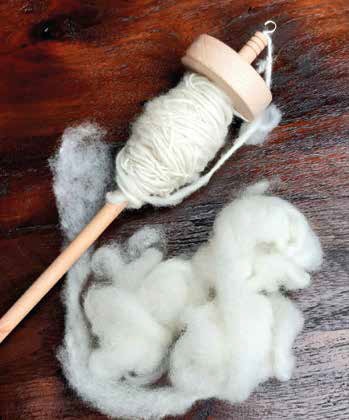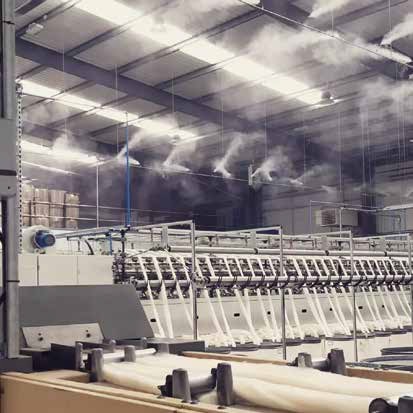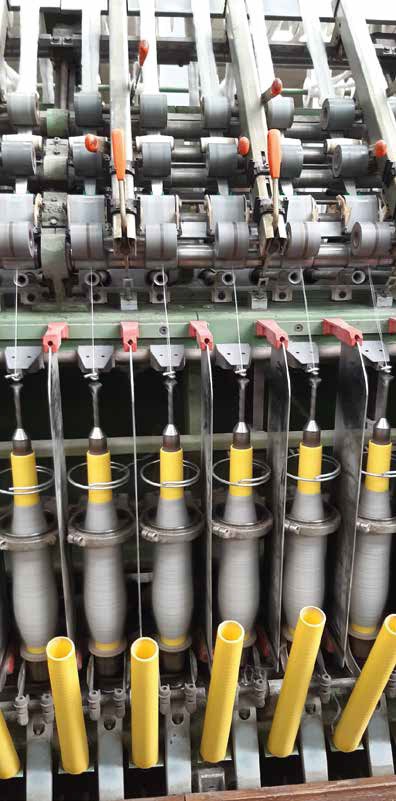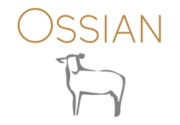
11 of 20 Stages of the Evolution of British Wool
Spinning
Hand spinning has been used as a process to make yarn from fleece for thousands of years, originally using a stick known as a spindle. The hand spinning wheel was invented around 500-1000AD, the origins are still being debated.
This simple hand machine enabled many households to make their own yarn and has no environmental impact. During the 1800’s the mechanical ‘Spinning Jenny’, was invented which soon led to the huge Spinning mills of the industrial revolution.

The humble, hand spinning wheel is still with us today and has seen a surge in popularity, due in part to Covid, which has renewed an interest in producing yarn from home.
Using the drop spindle was harder than I expected, there is a real skill in being able to tease the yarn to just the right thickness without breaking the roving. I found running the wool through my fingers incredibly therapeutic, it is a

quiet process and requires concentration which helps to calm the mind. As the twisting process is by hand, it is possible to have an uneven thread, I feel this gives the yarn a real character which differentiates it from the consistent, generic yarns available commercially.
In August 2021 I visited Laxton Spinners based in Skipton, Yorkshire. A new mill set up to help smaller companies who cannot commit to the large quantities normally required

by commercial spinners. They use British wool and specialise in some of the heritage sheep breeds such as the Blue Faced Leicester, Masham, and Wensleydale. As a new mill they have built the plant to be more energy efficient and are actively looking into green suppliers of energy to help reduce their carbon foot print. I am developing two new yarns with them, which will be used in my practice in the future.




